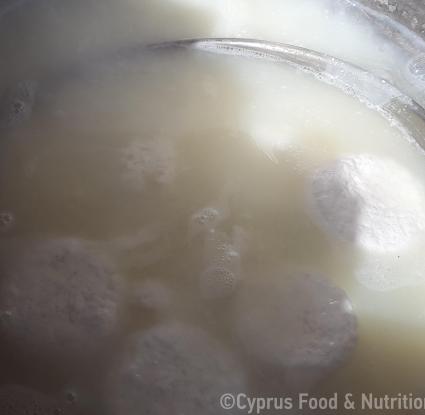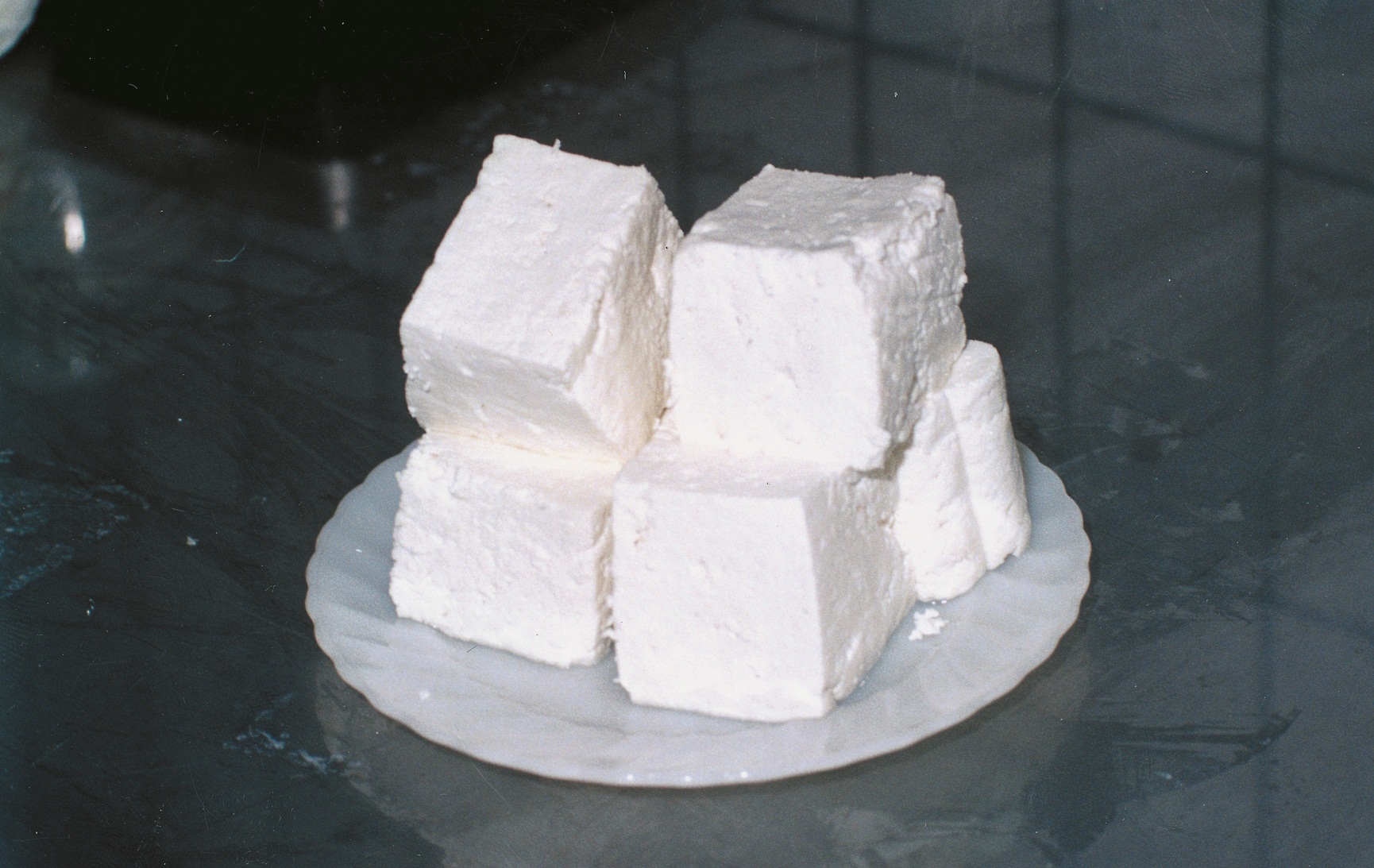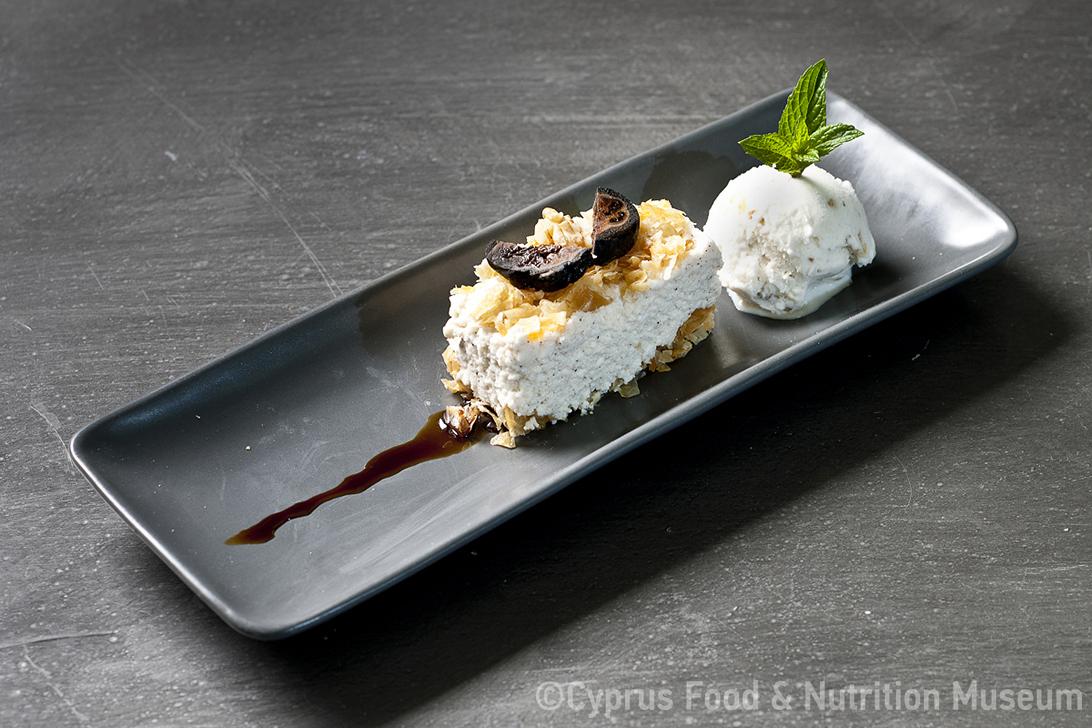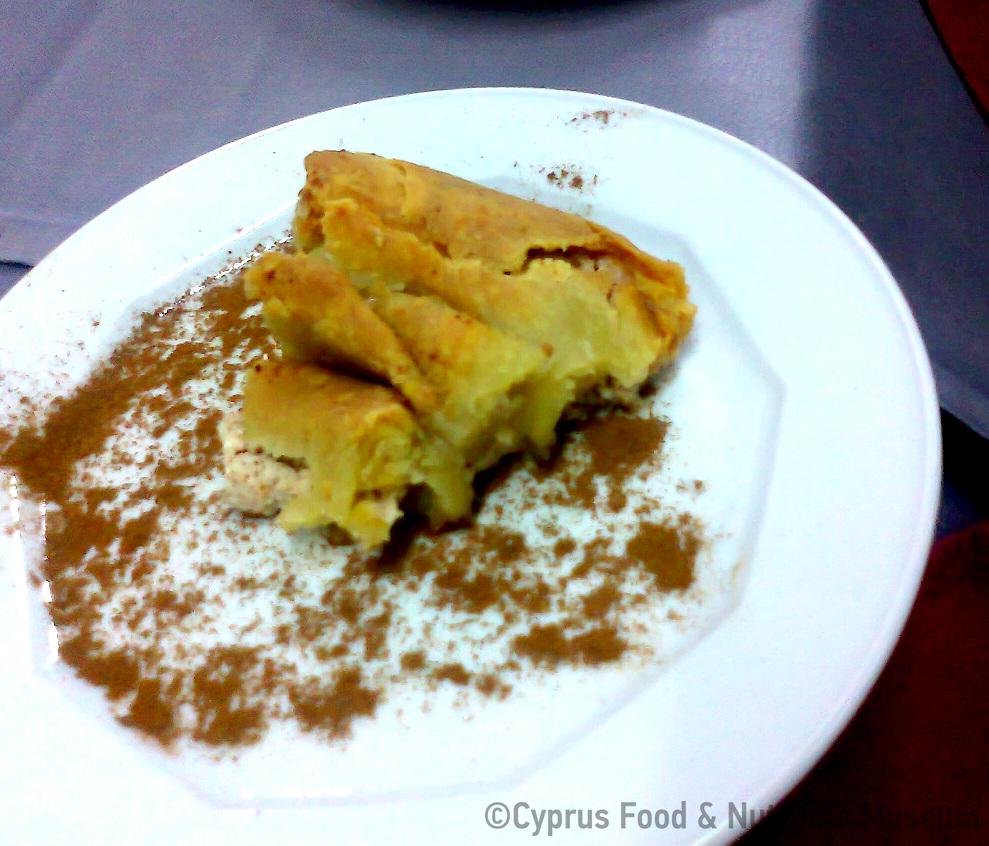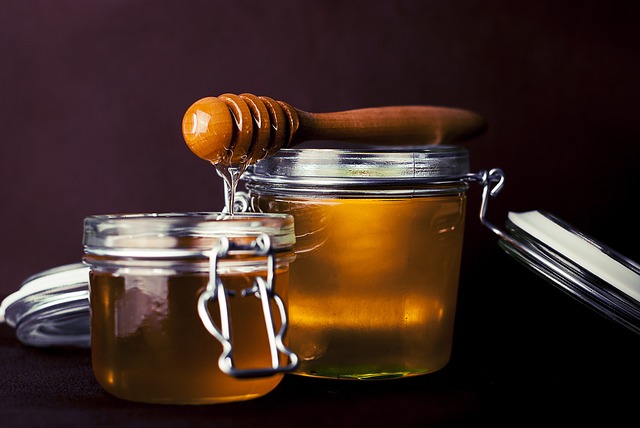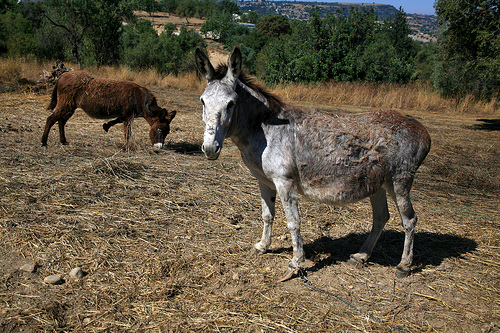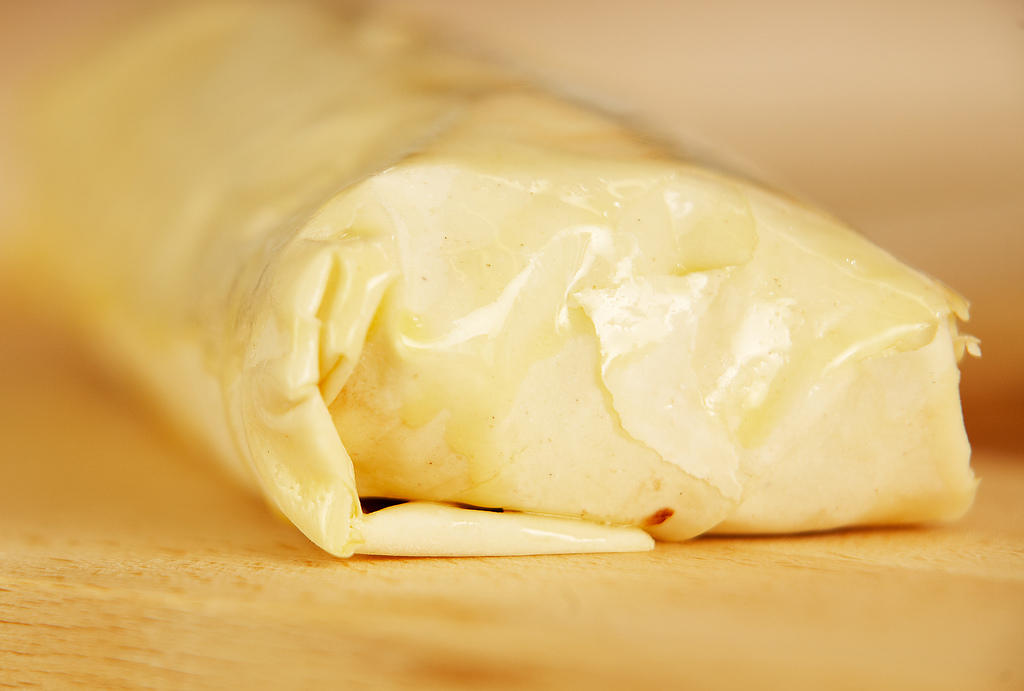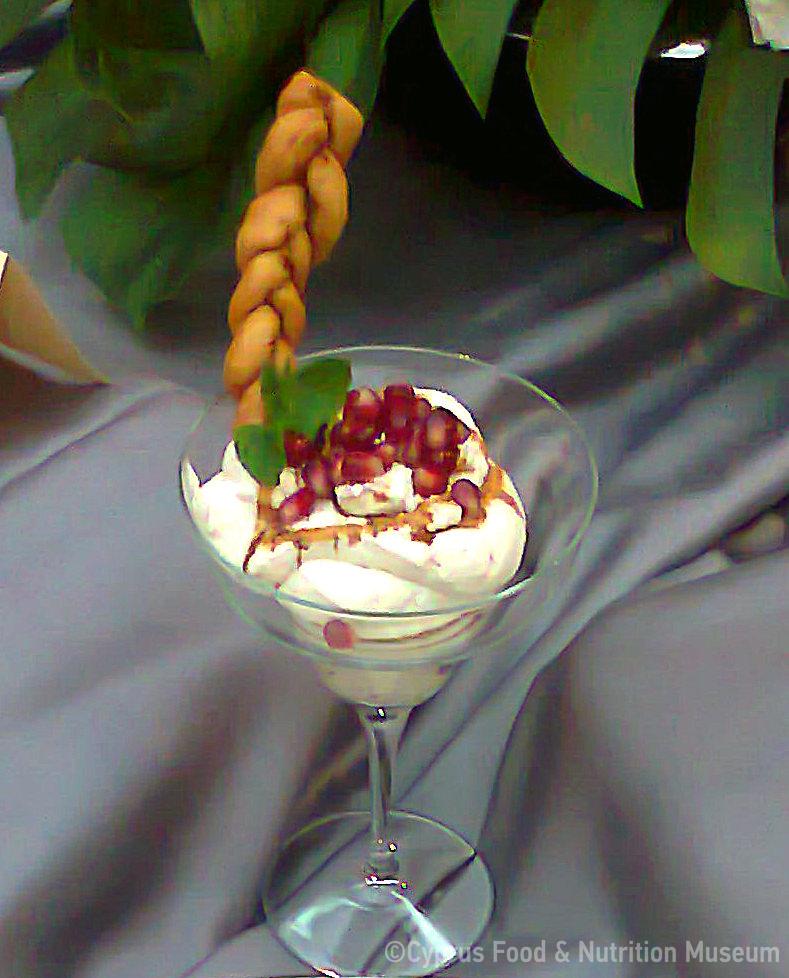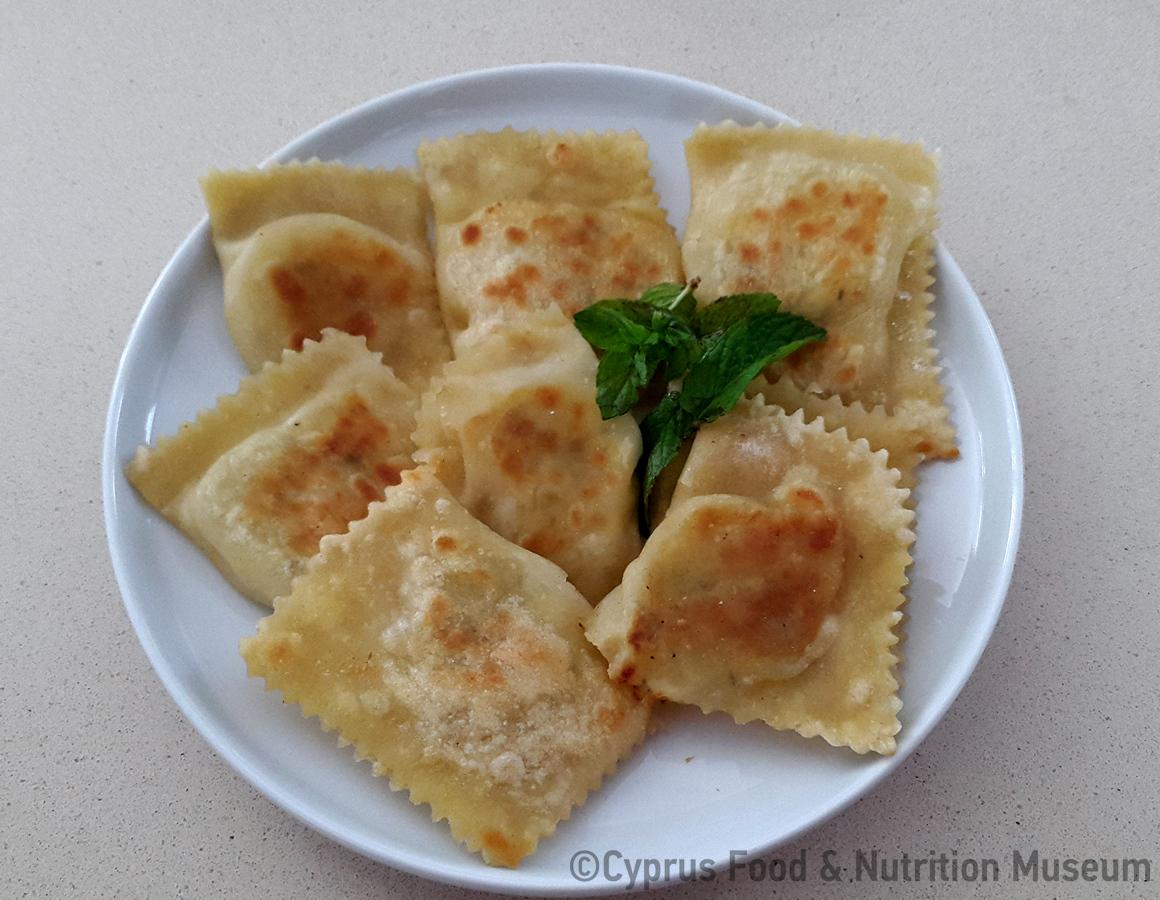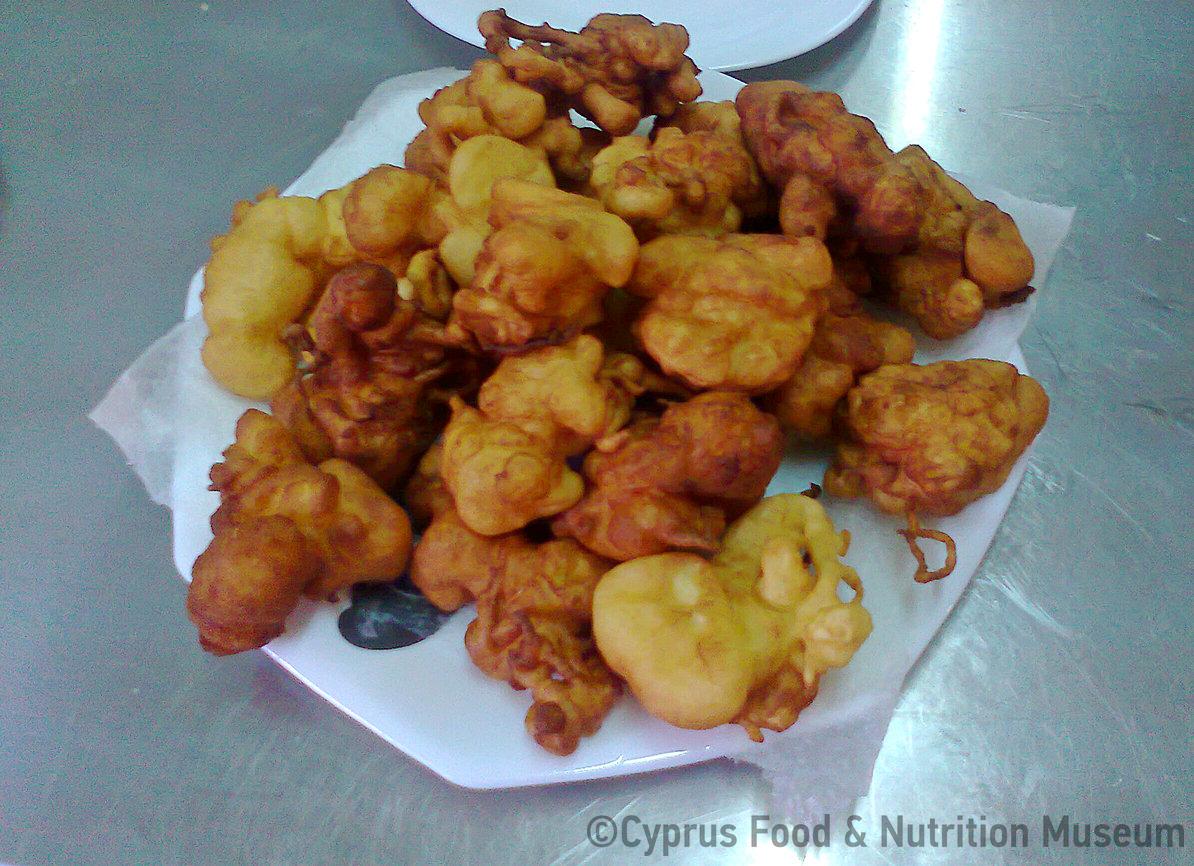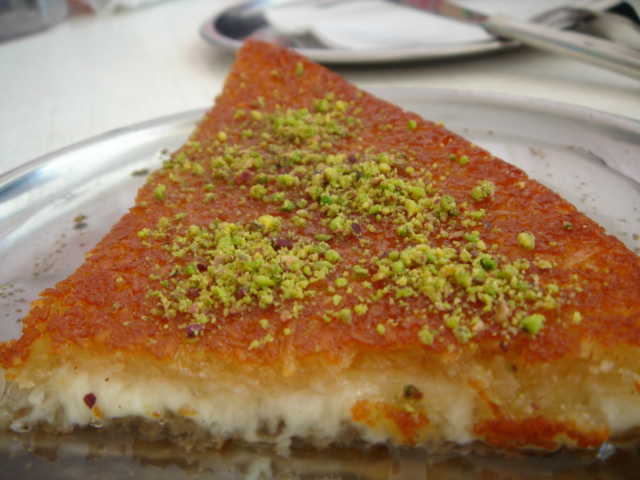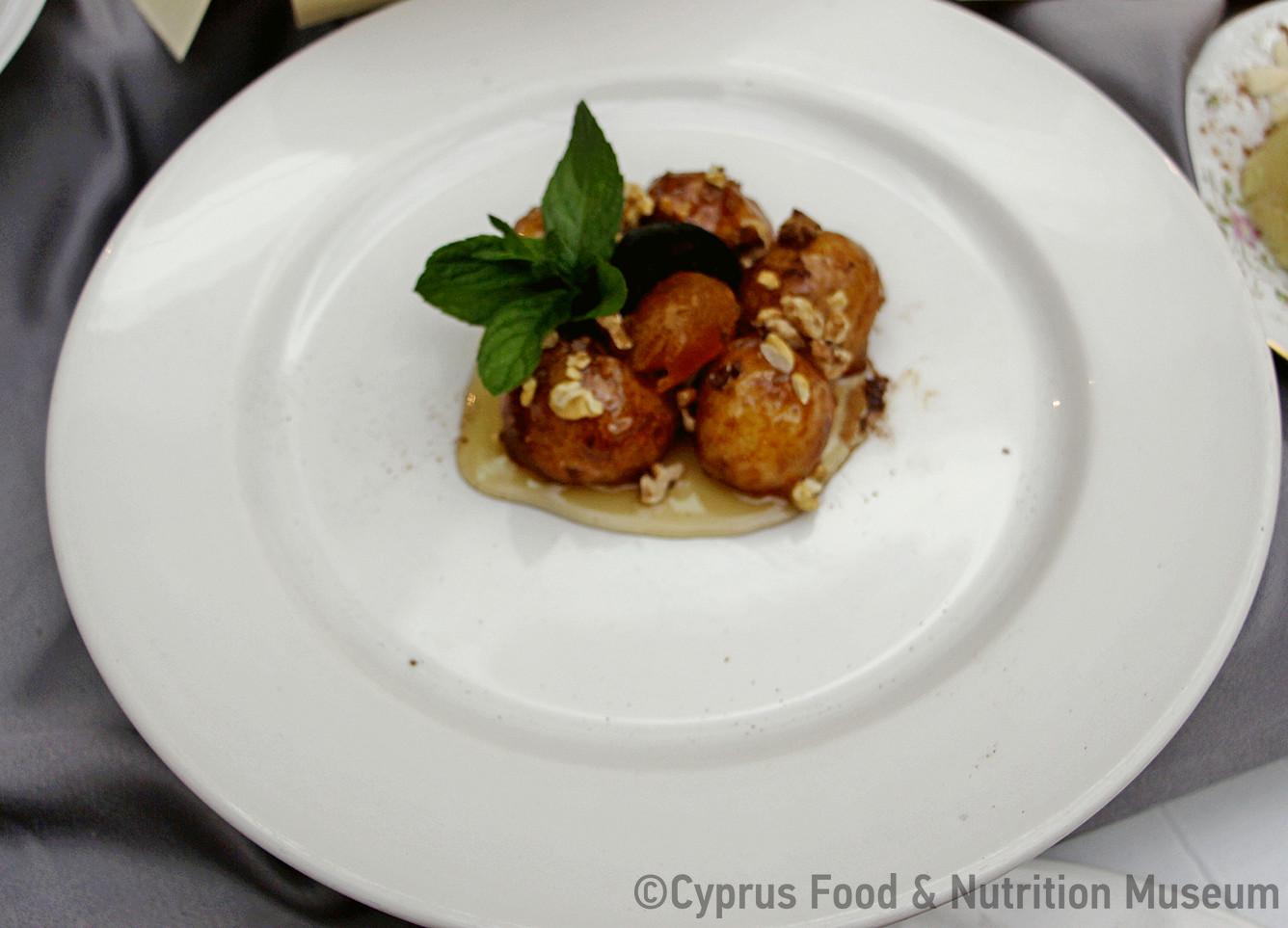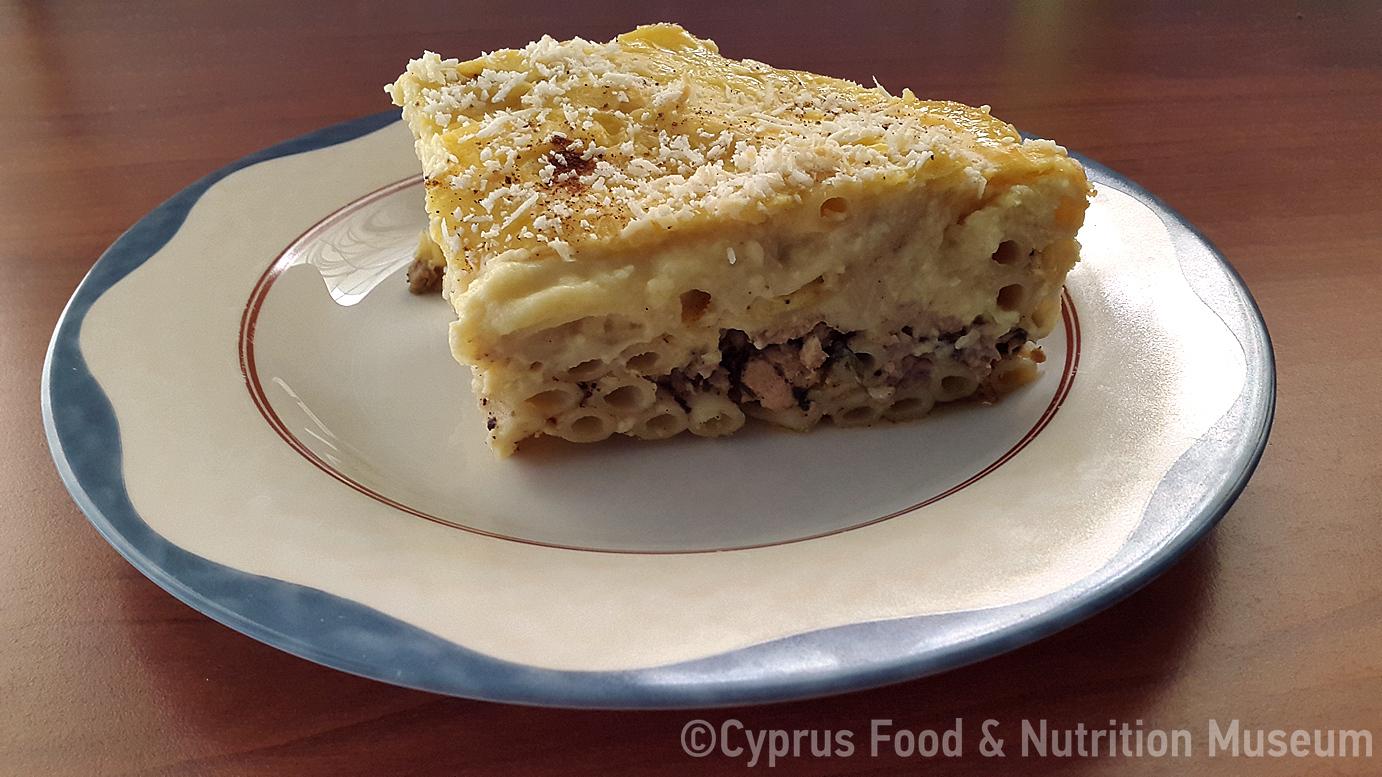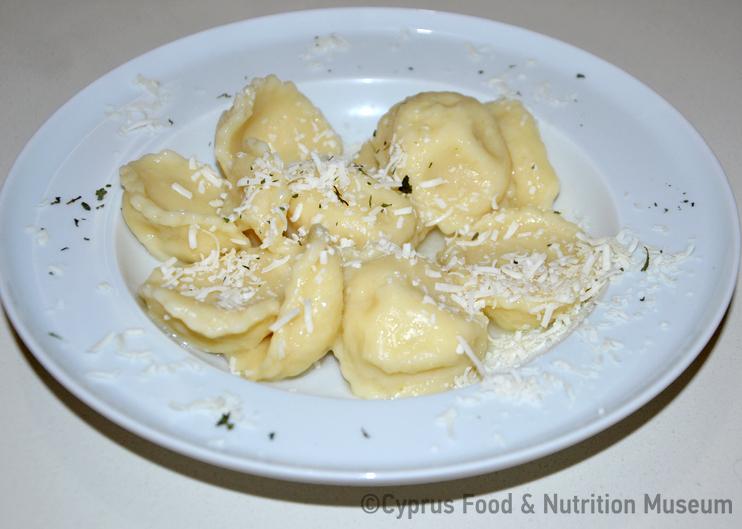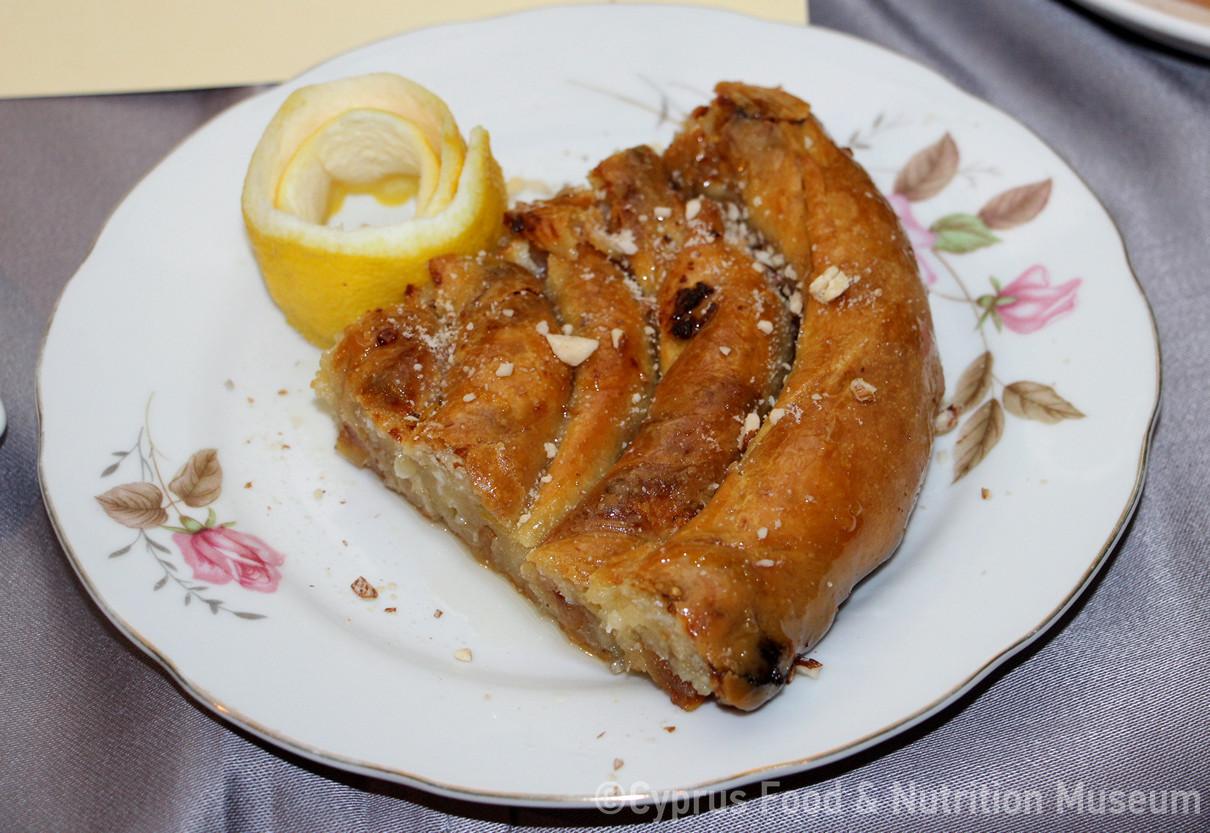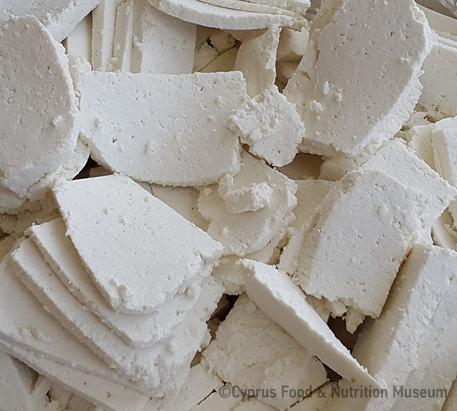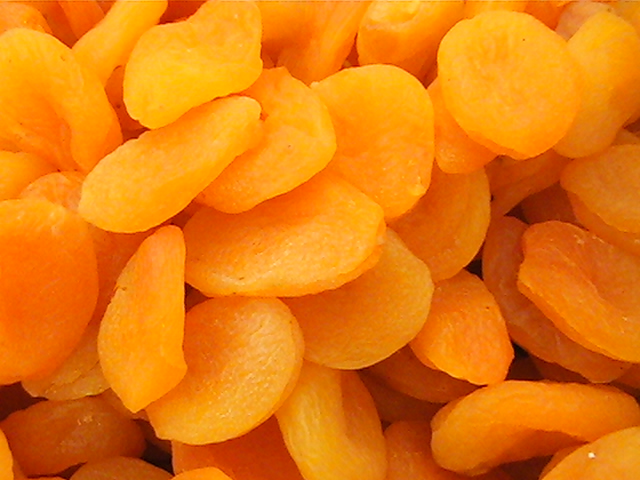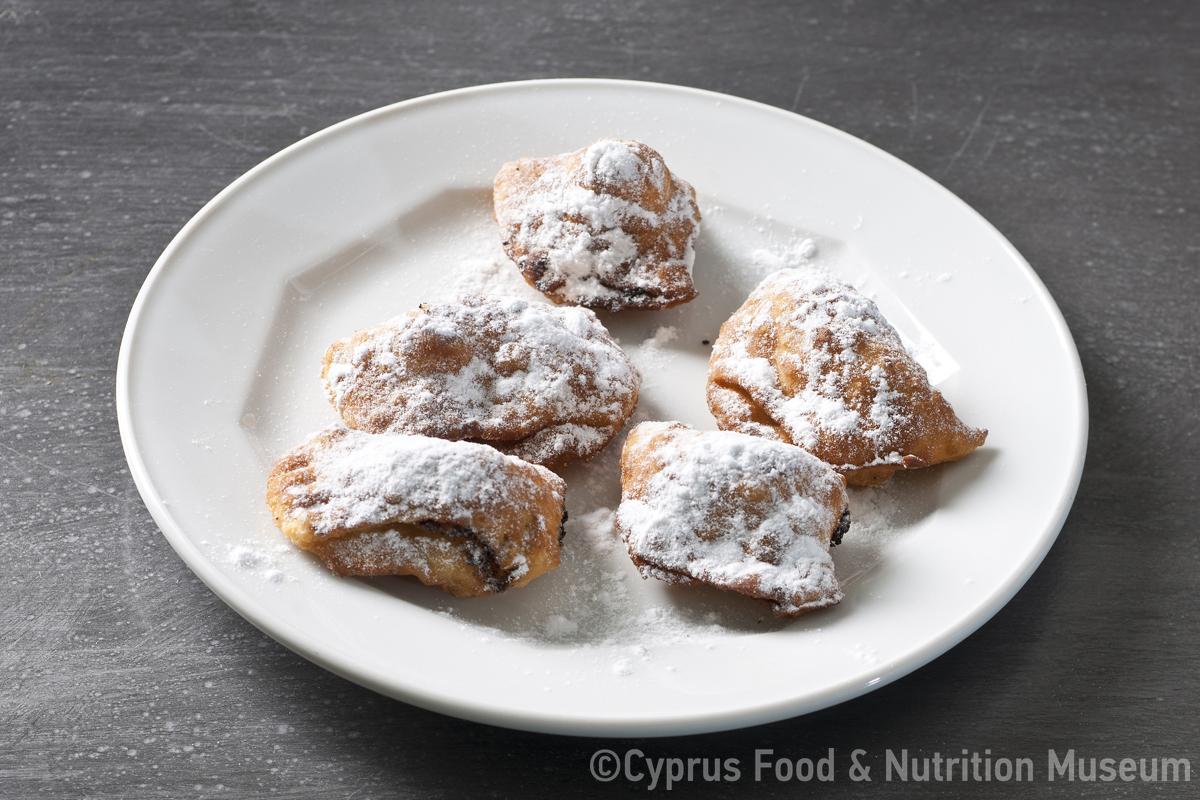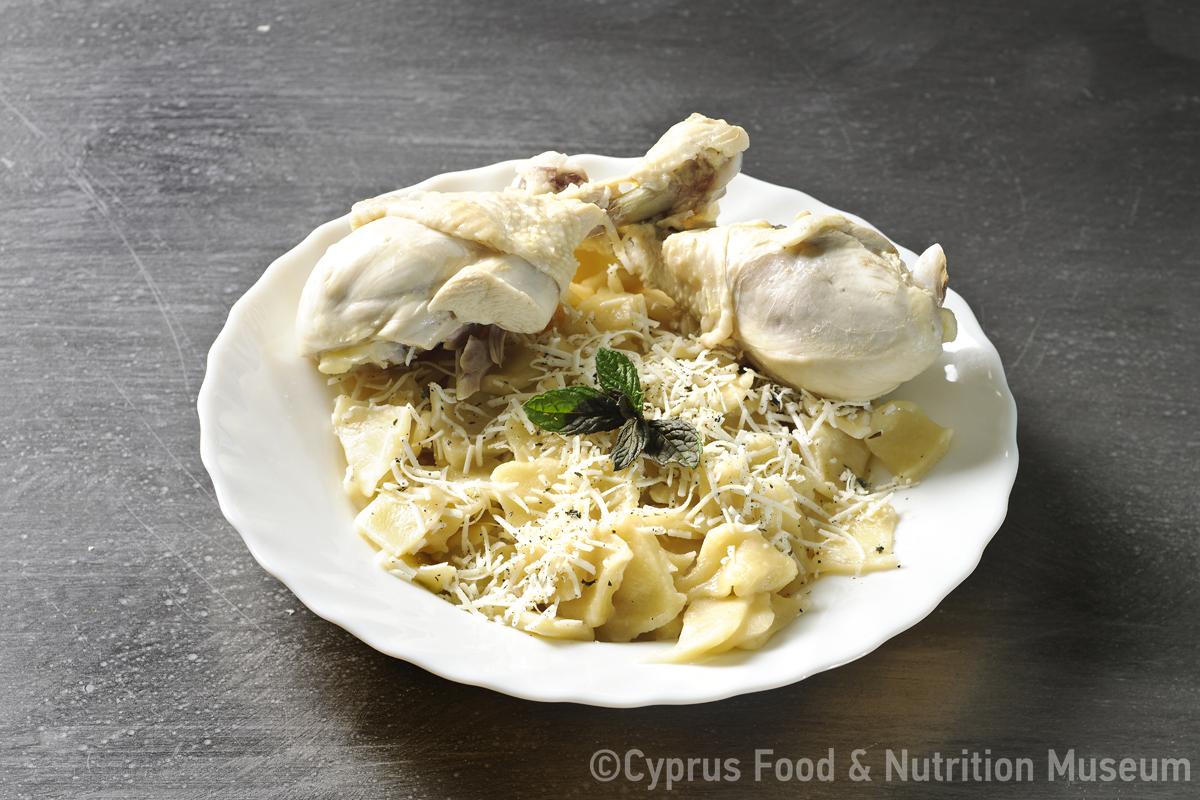Milk left over from halloumi cheese making and used in the production of anari cheese.
Name - Origin
Milk left over from halloumi cheese making and used in the production of anari cheese.
ΕΤΥΜ. < αναρή (anari) + γάλα (milk)
In the following two extracts, the use of the anarogalo during the traditional process of making anari is described: Before boiling the milk you leave anarogalo; for every ten okas of milk, you leave one oka of anarogalo. You add the anarogalo and mix it with a fine reed which has a savory herb on its tip. In a short while, anari will rise to the surface, collected and placed in talarka to drain' (Mavrokordatos 2003, 314).
"Inside the hartzin (big copper cauldron) or other container there is noros. After removing the drosino for the preparation of the halloumi, the fire is lit again with wood or gas under the hartzin and the noros is gradually heated while stirring it with a wooden stirrer or fine reed, with a savoury herb on its tip. The stirring prevents any remaining curd from sticking. If a fine reed with a savoury herb is used, all the grains are collected in the savoury herb, placed in the palm of the hand, shaped with the fingers, and the curd is called 'tyropoula'. After the noros has been heated for a short time, then fresh milk is added, the prosgalon or anarogalo, as it is called. Also, noros may be added, which is the liquid that emerges when the curd is pressed to make the halloumi, and the liquid is rolling out of the curd into a bucket or other water container. When the whey is boiling, the anari begins to rise to the surface while you continue to stir. When all the anari comes to the surface and forms a thick layer and starts to break from the heat (boil), then add a little water. Other people would sprinkle a bit of vinegar or squeezed lemon juice or citric acid or even salt to help gather all the anari. Then the anari would be scooped out with a slotted spoon onto a cloth which was placed in a wooden mold or talari and pressed to get all the anari out. Weights were then applied for about an hour and then the anari was salted and cut into pieces of about 10 x 10 cm. Some people would add spearmint to the salt' (Economides 2004, 81).
Additional information and bibliography
Economides S. (2004), Το γάλα και τα γαλακτοκομικά προϊόντα της Κύπρου με ιδιαίτερη αναφορά στο τυρί χαλλούμι, Cyprus Dairy Industry Organisation, Nicosia.
Mavrokordatos G. I. (2003), Δίκωμο: Το χθες και το σήμερα, Nicosia.
Kyriaki Panteli, Savvas Polyviou, Argyro Xenophontos

